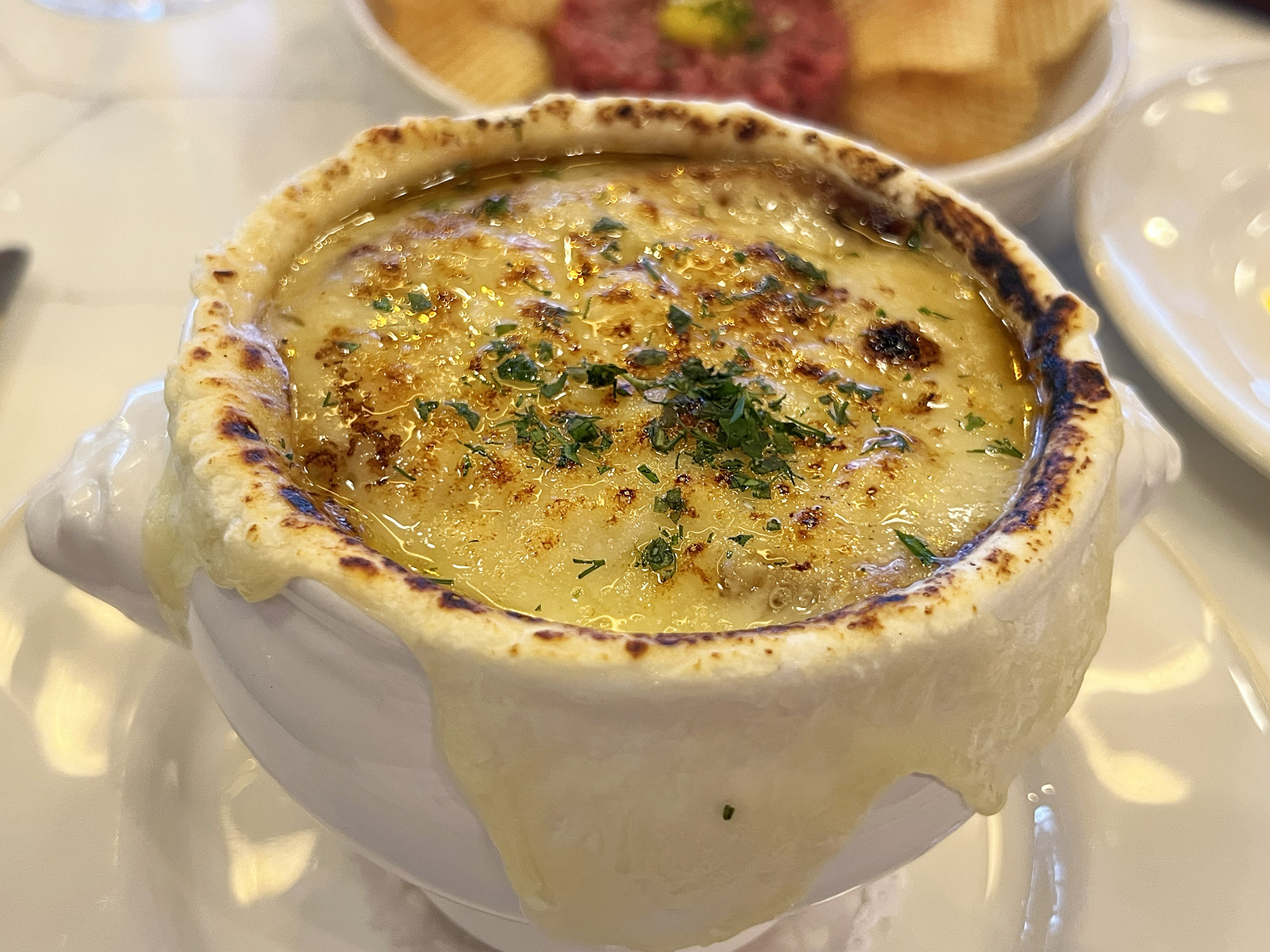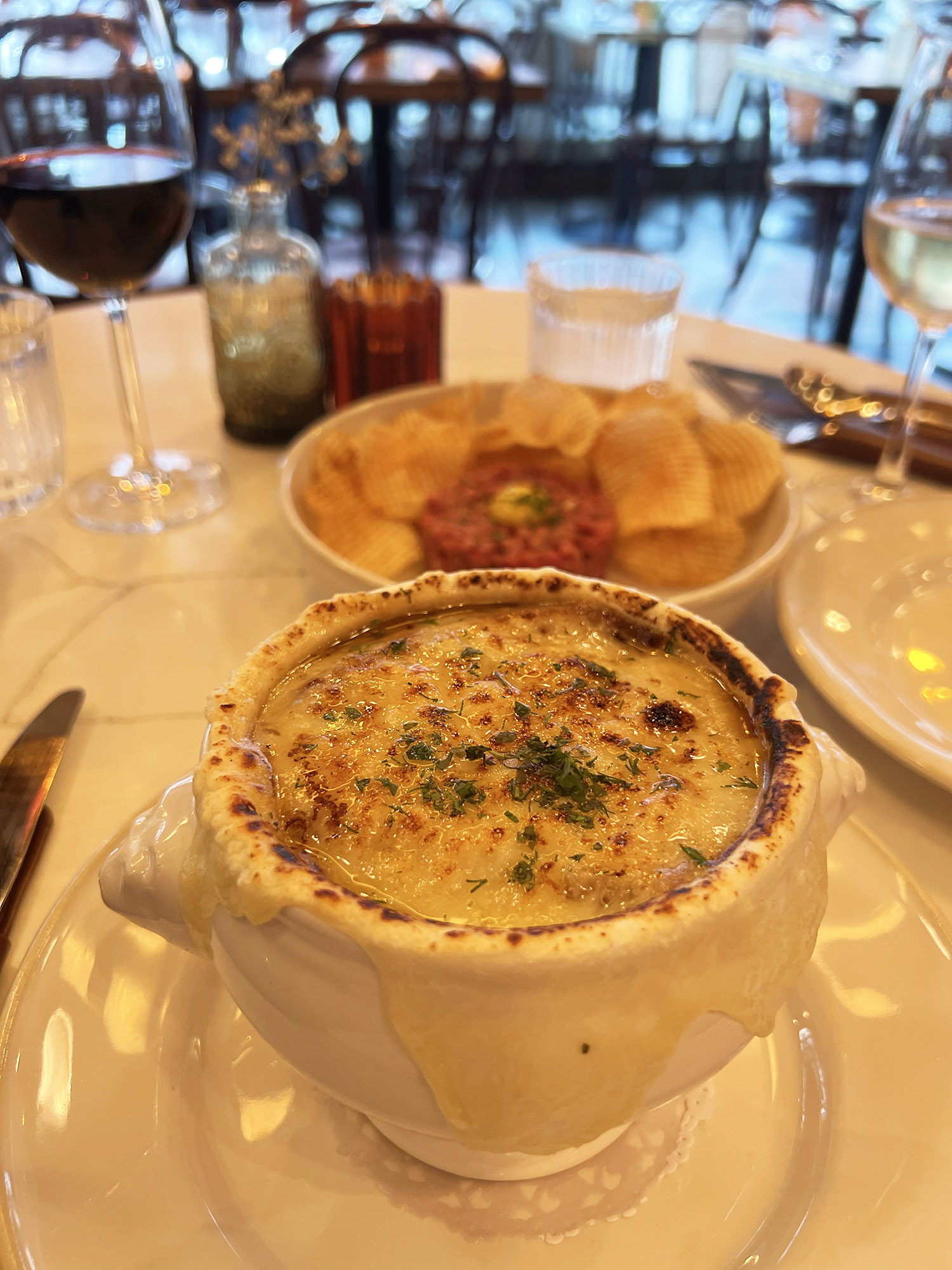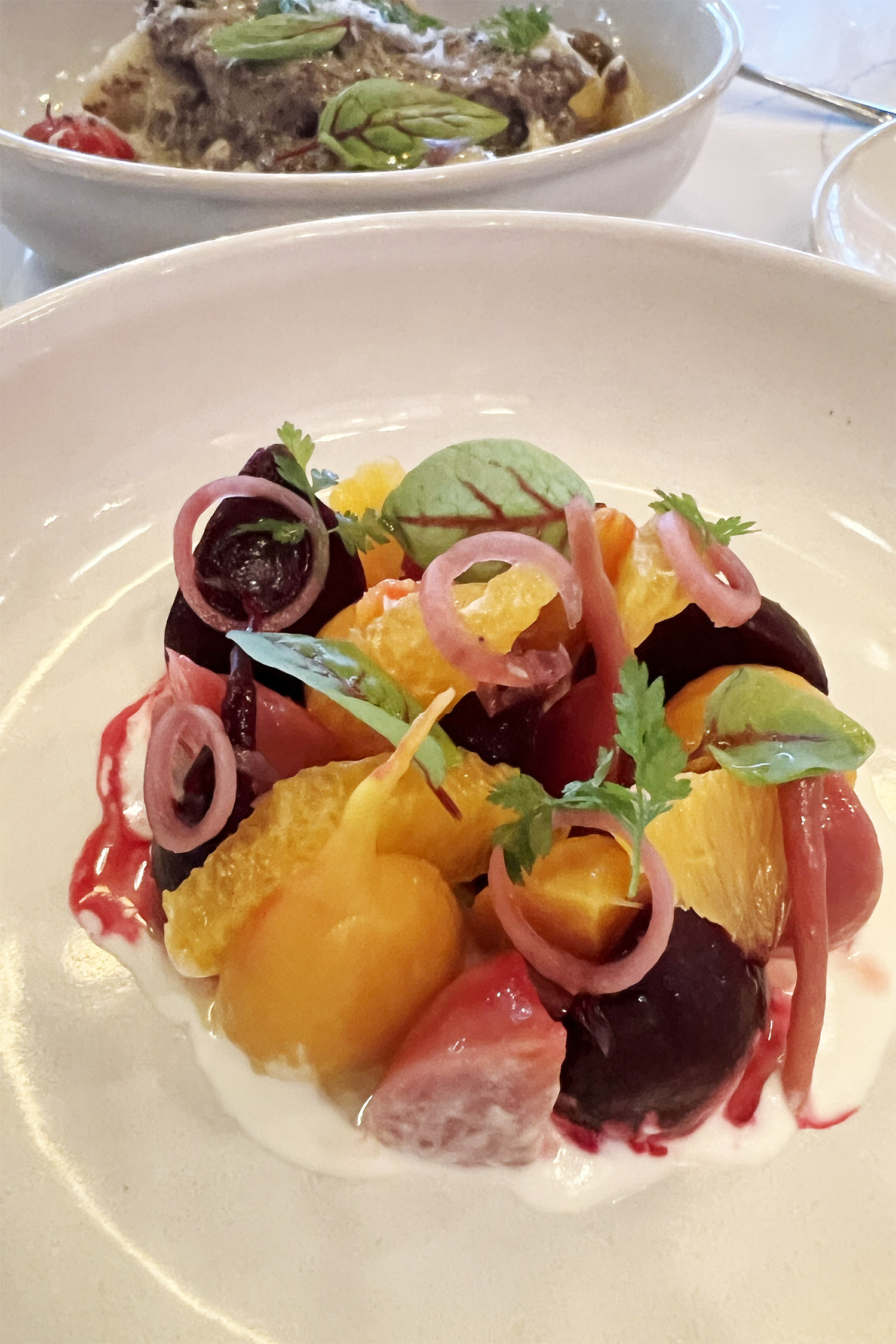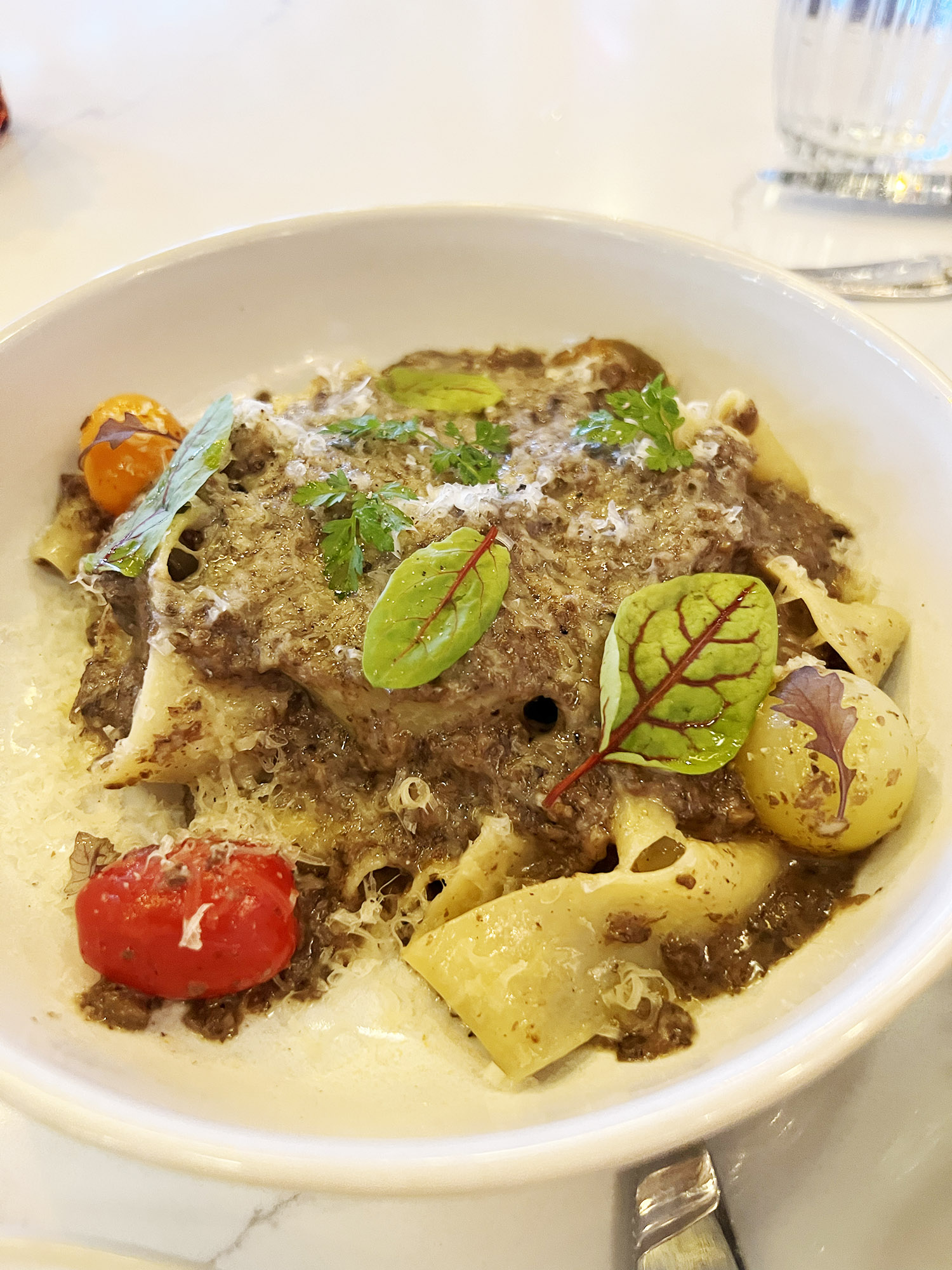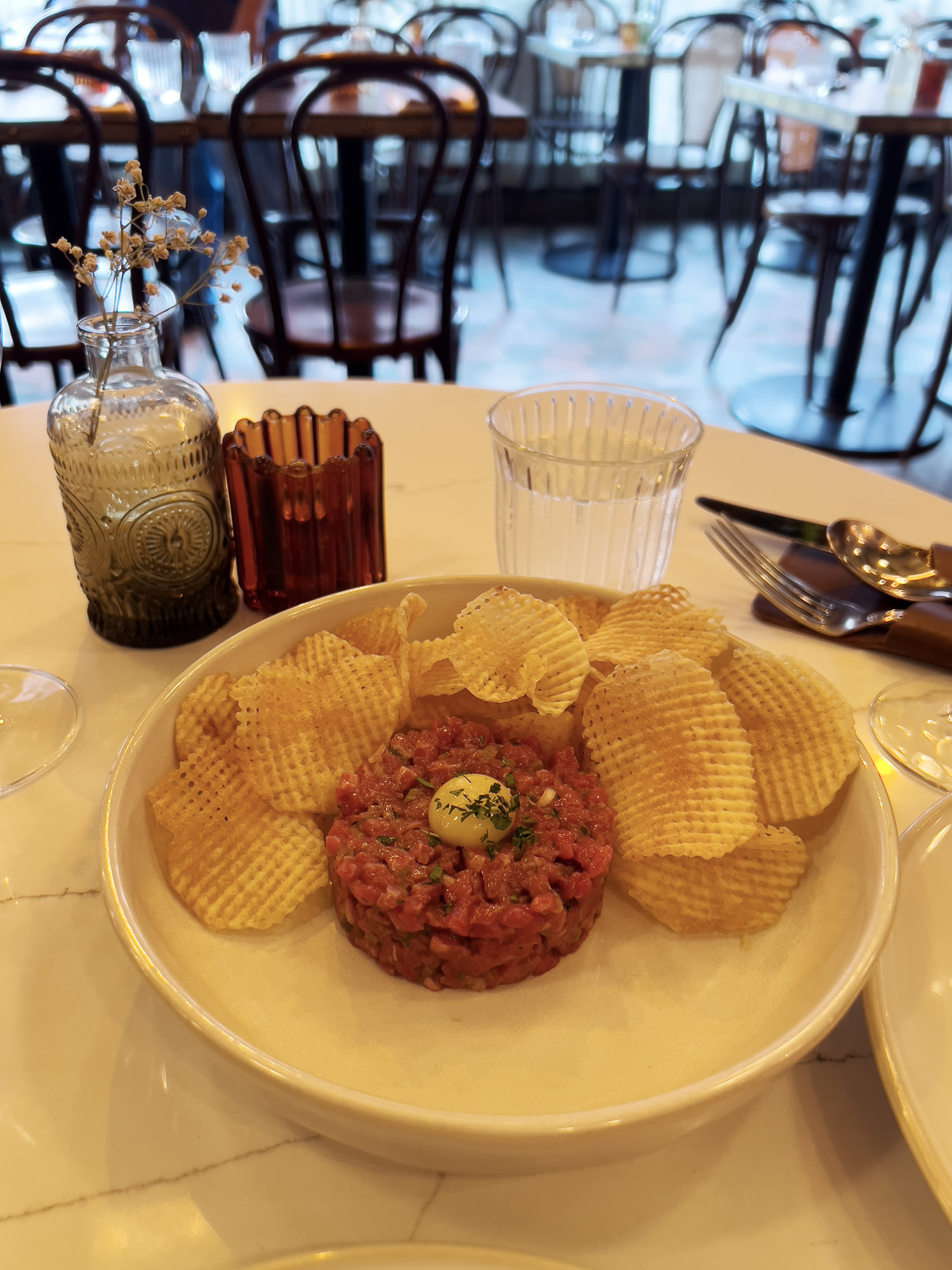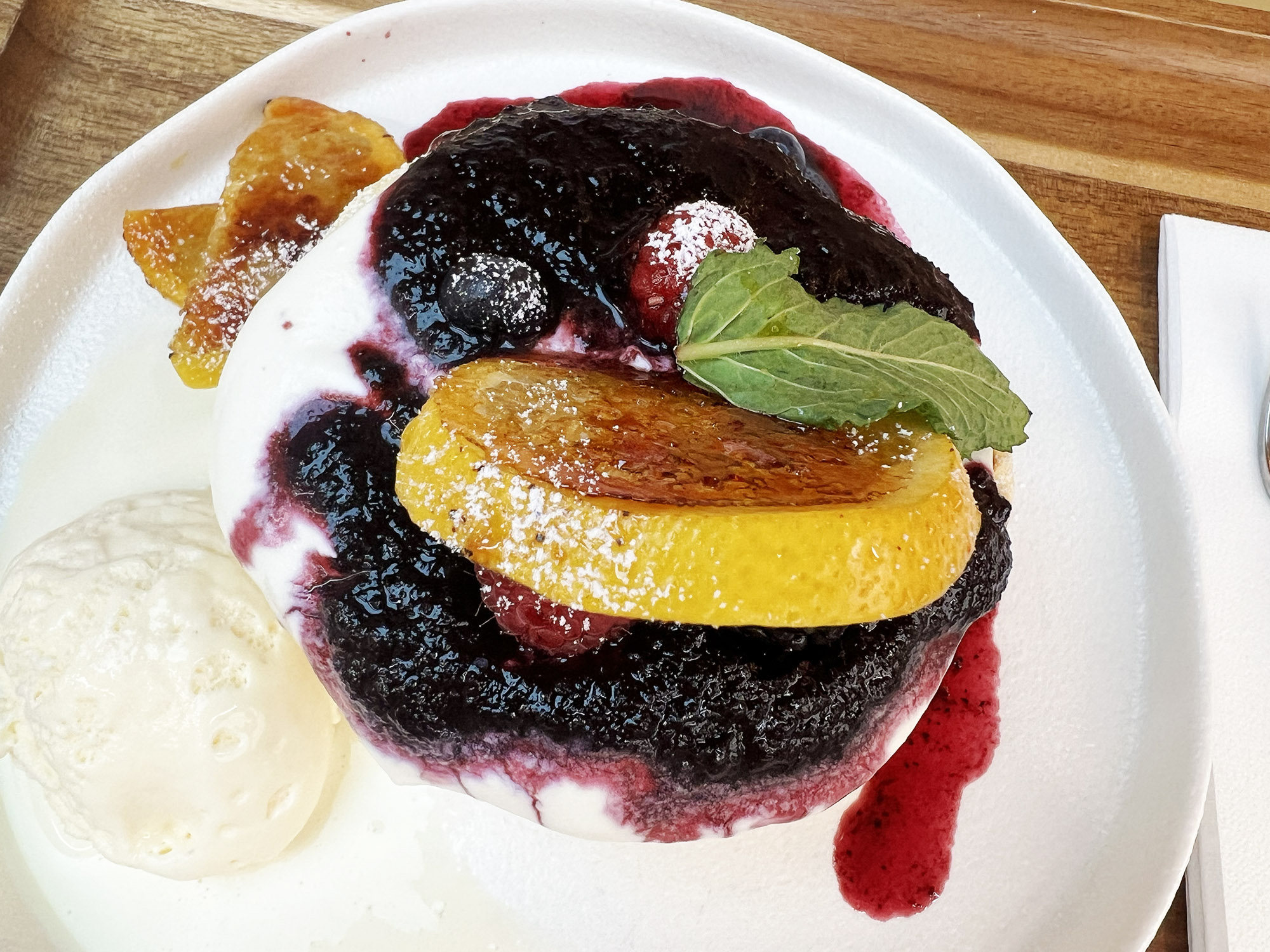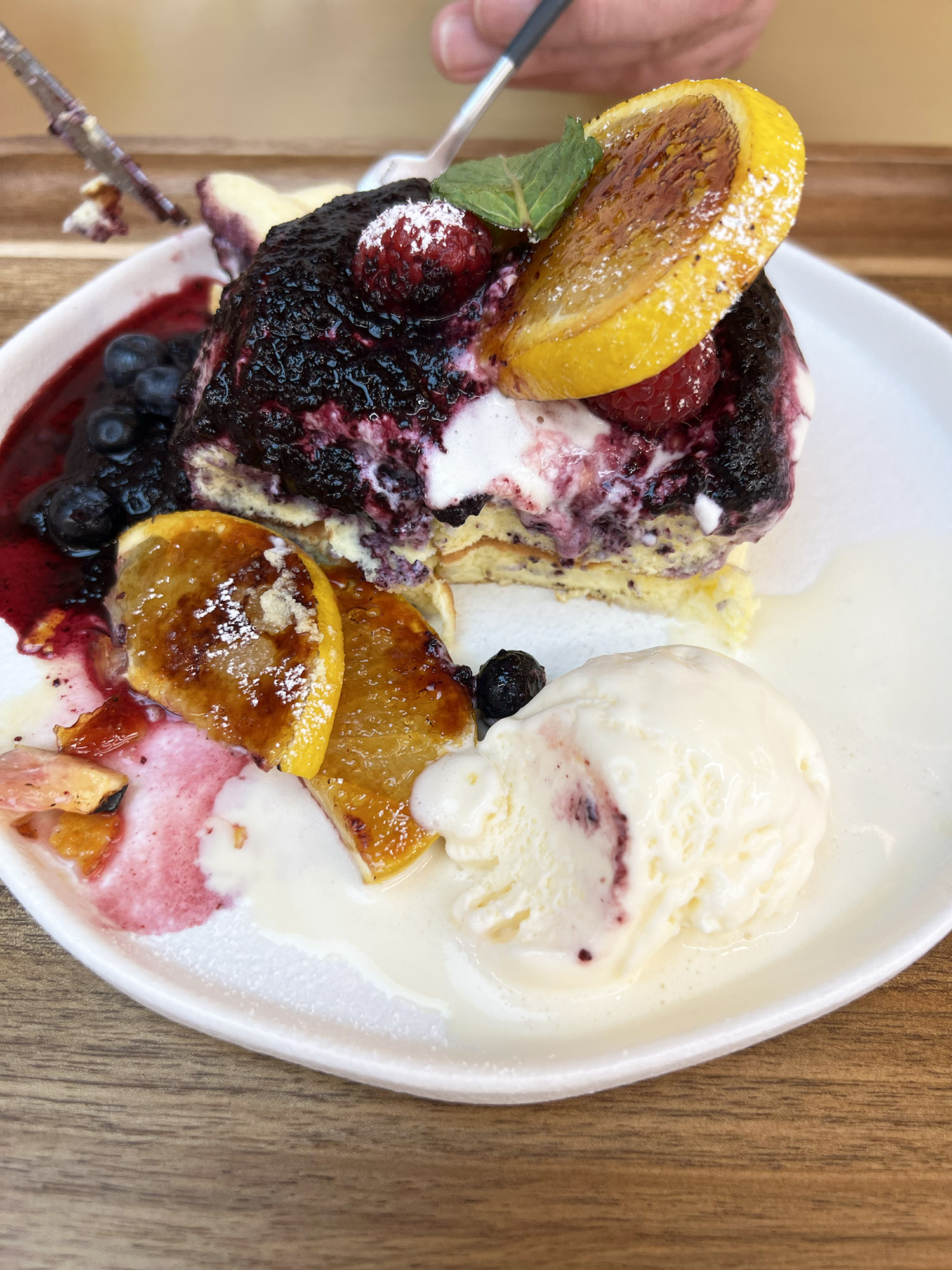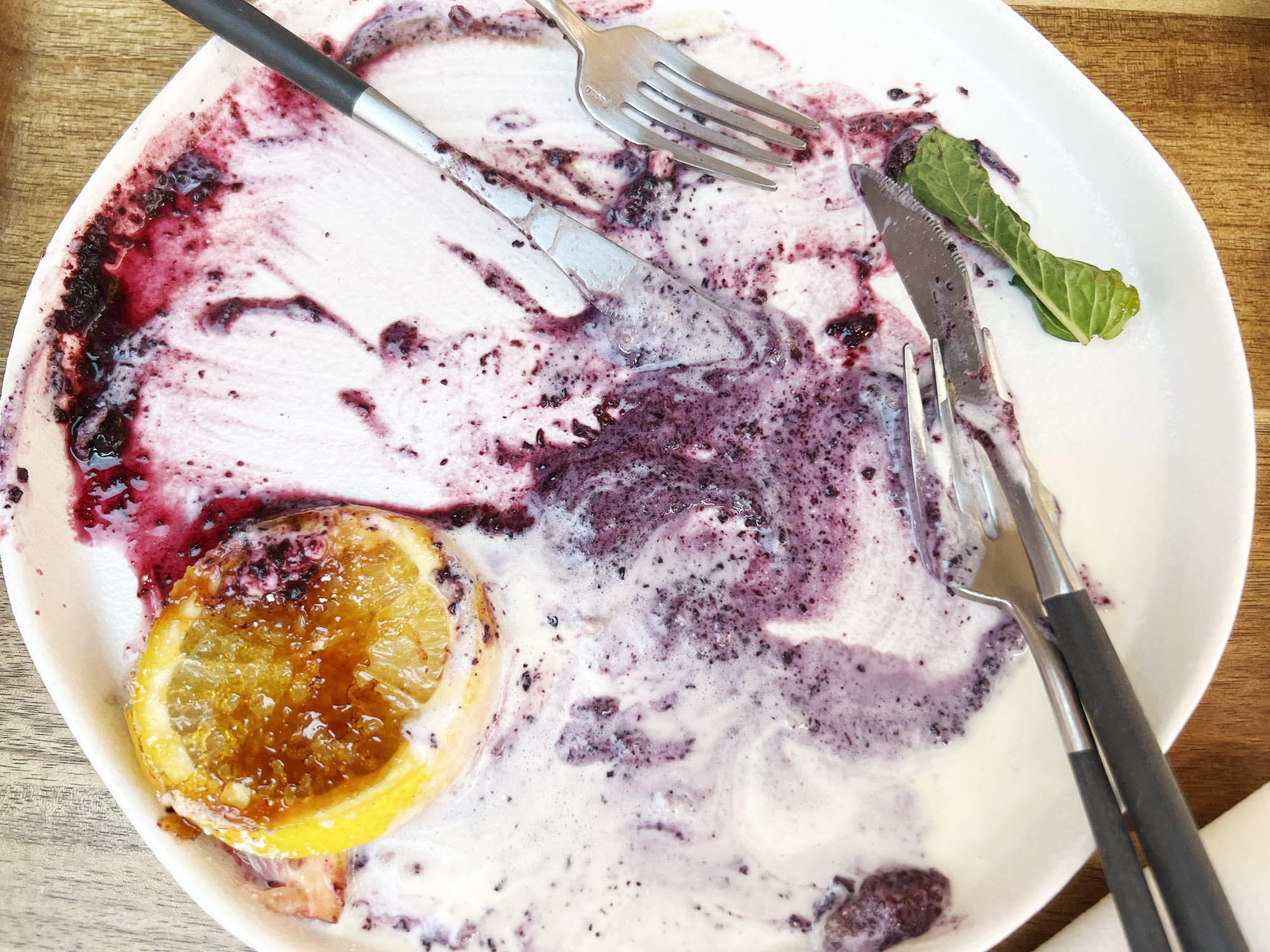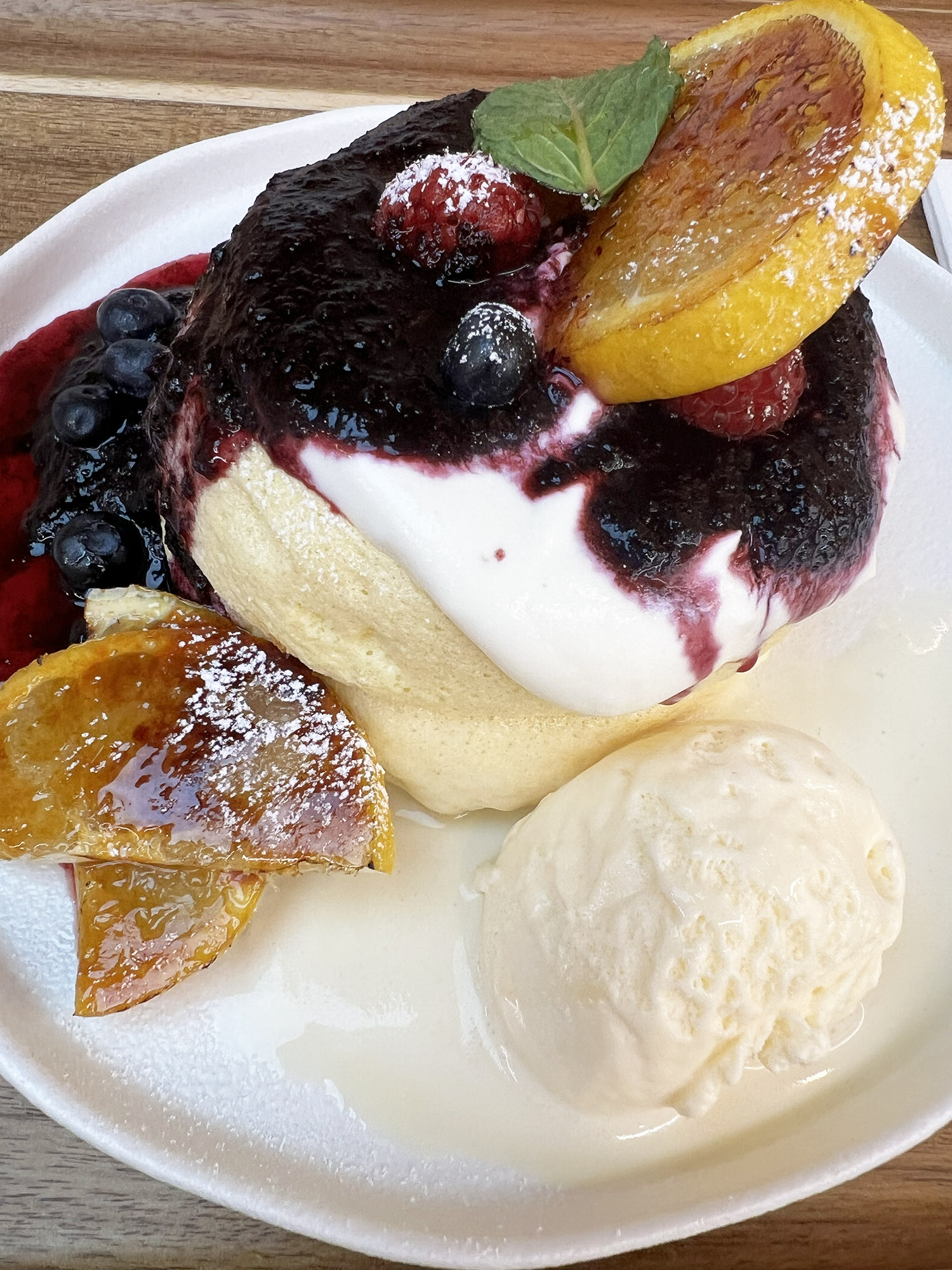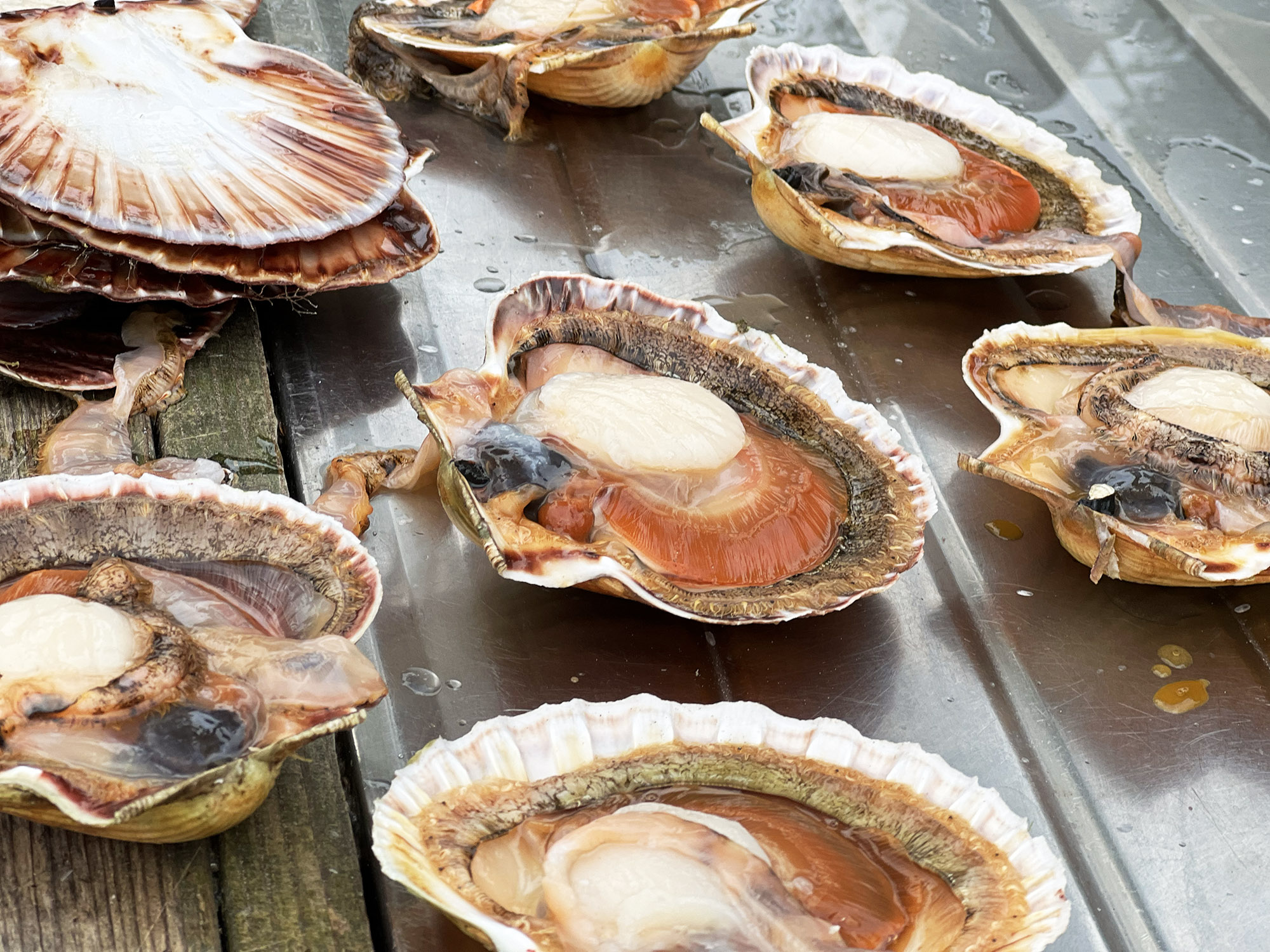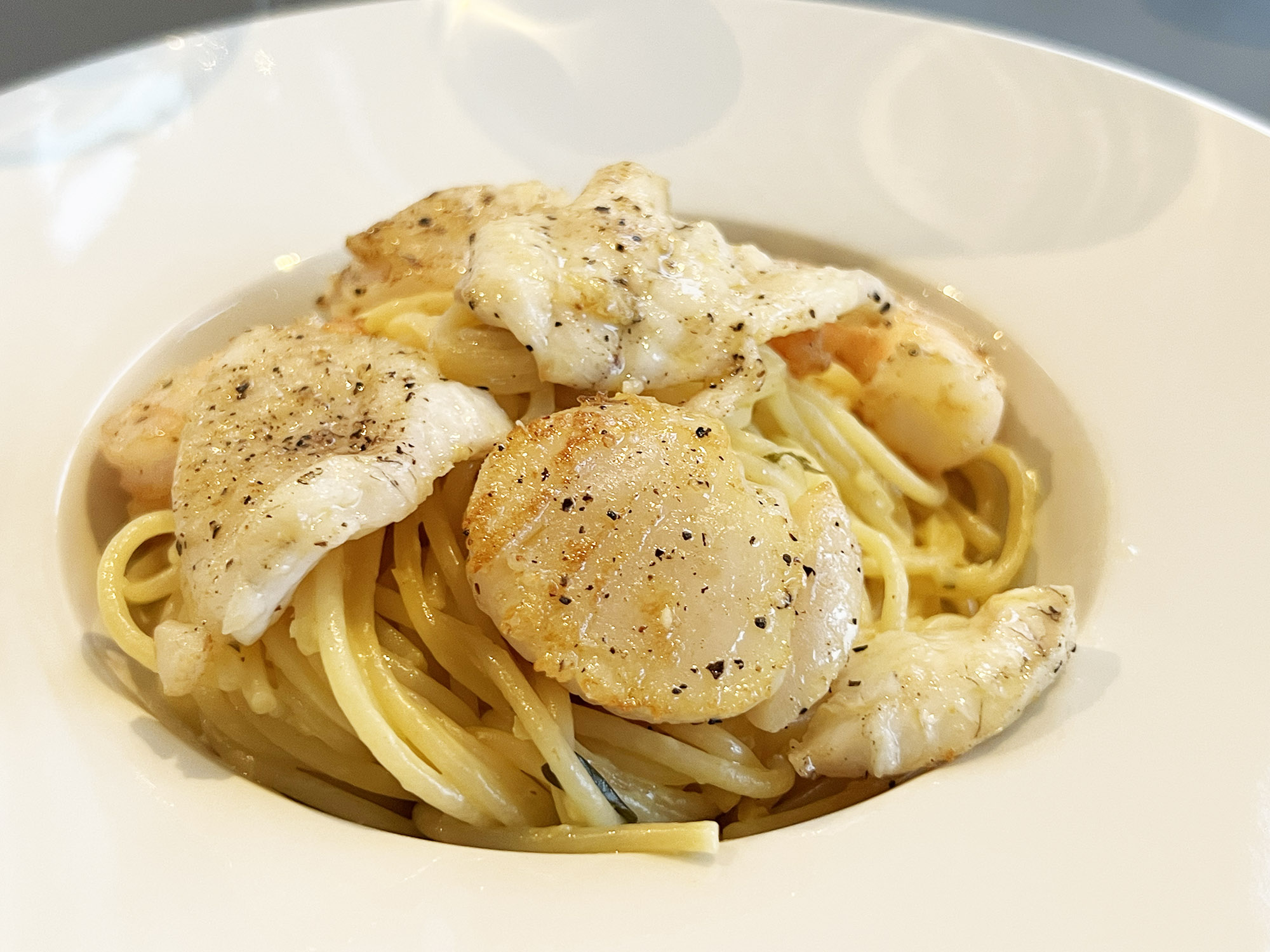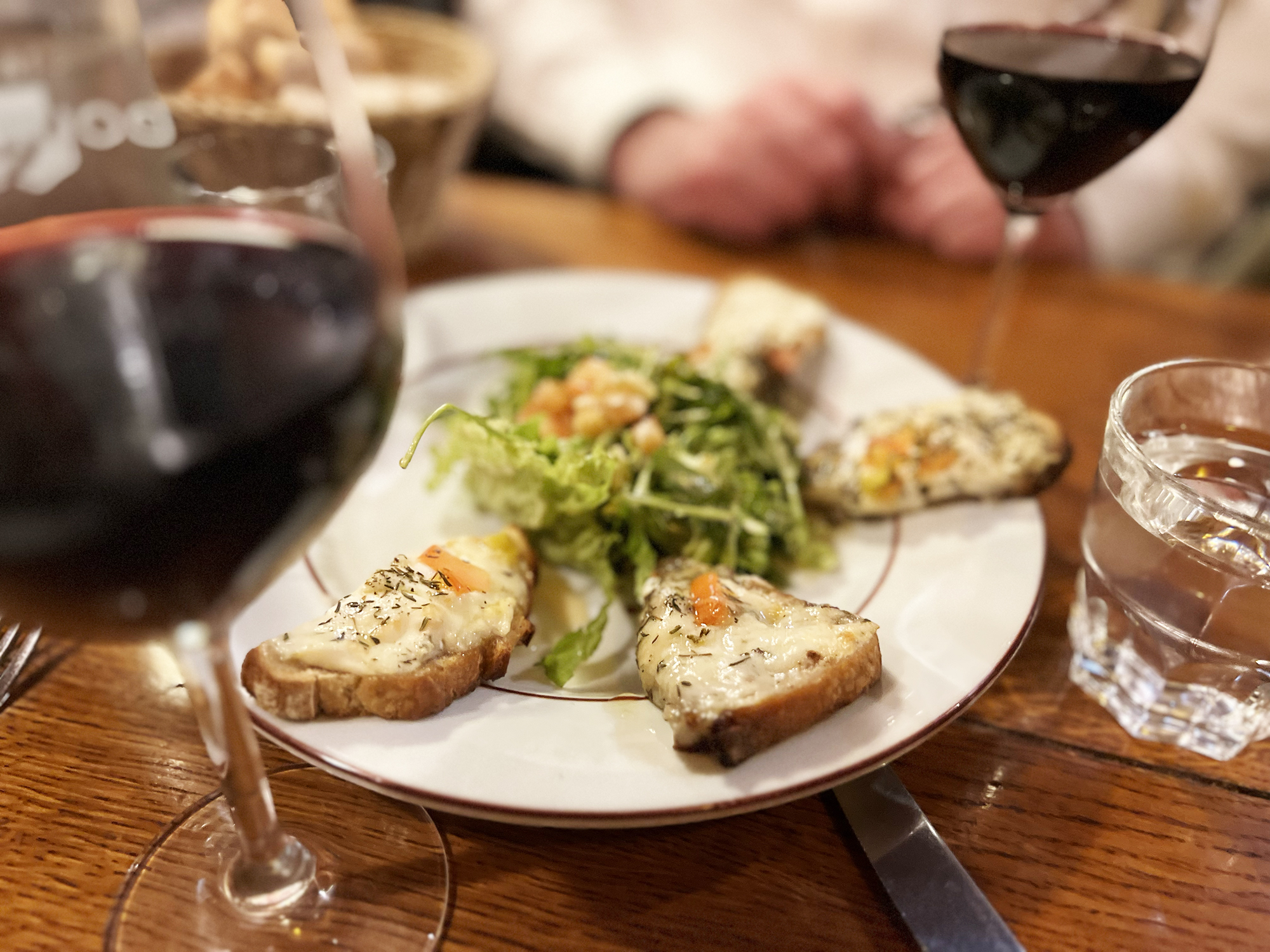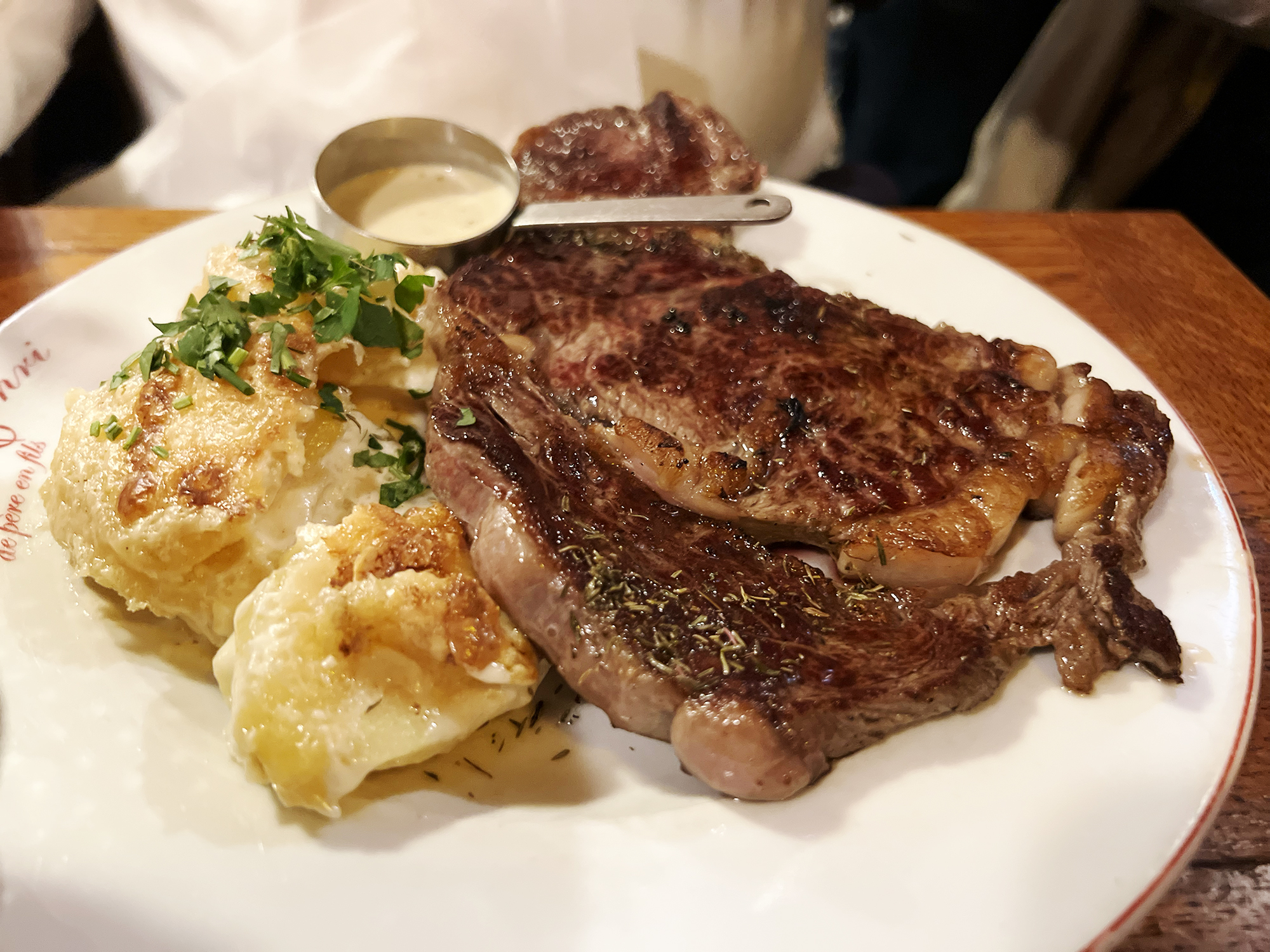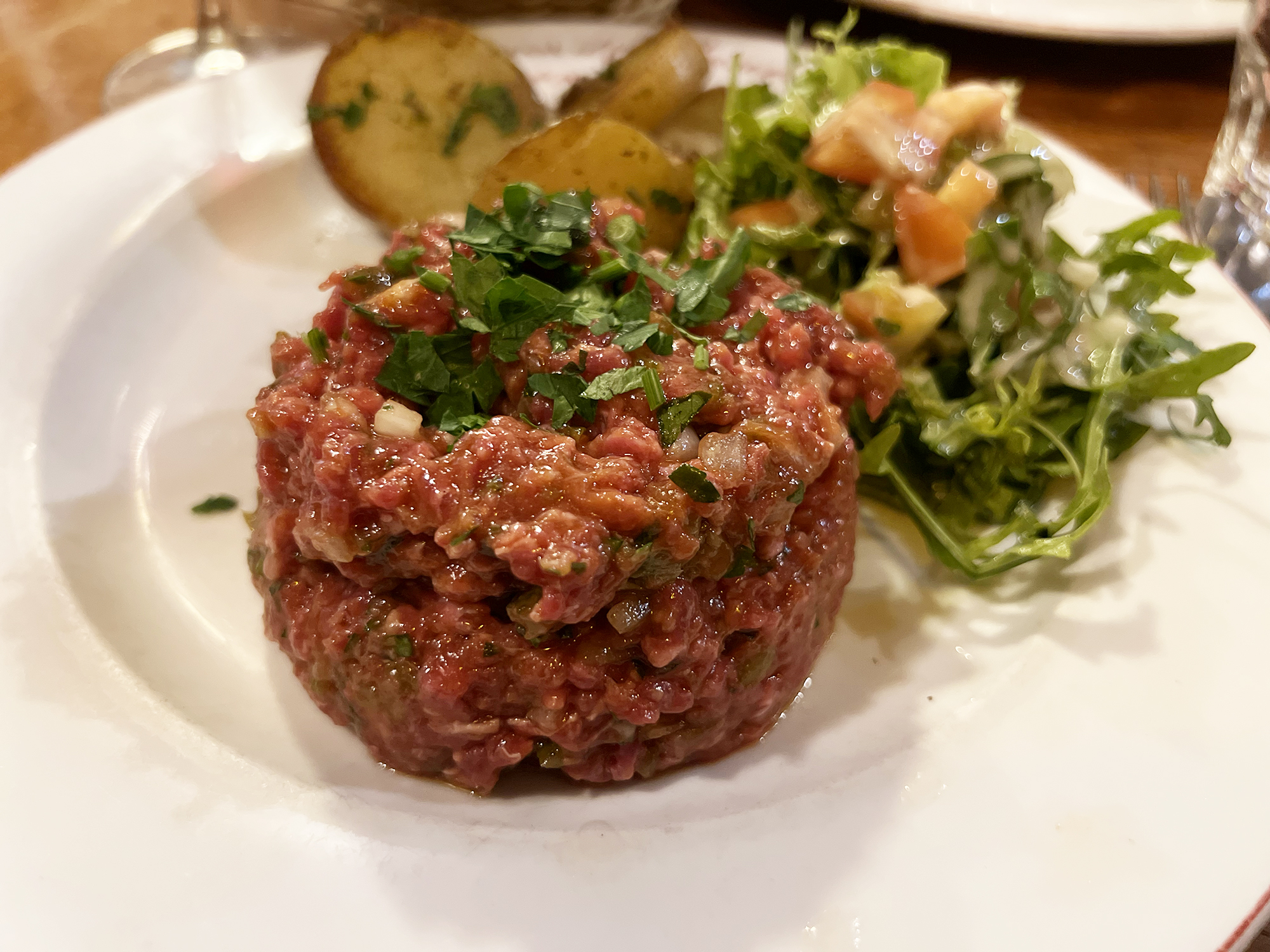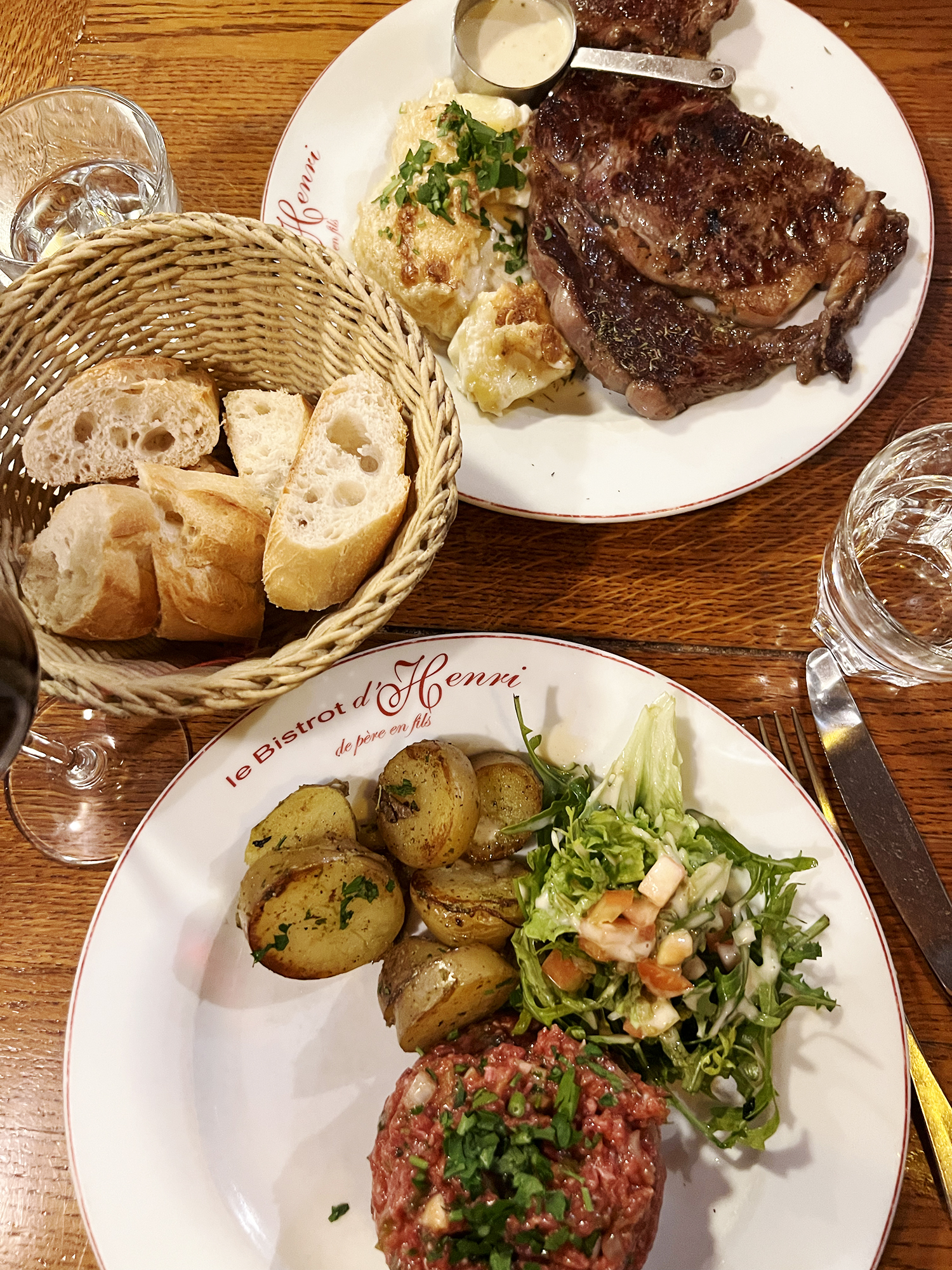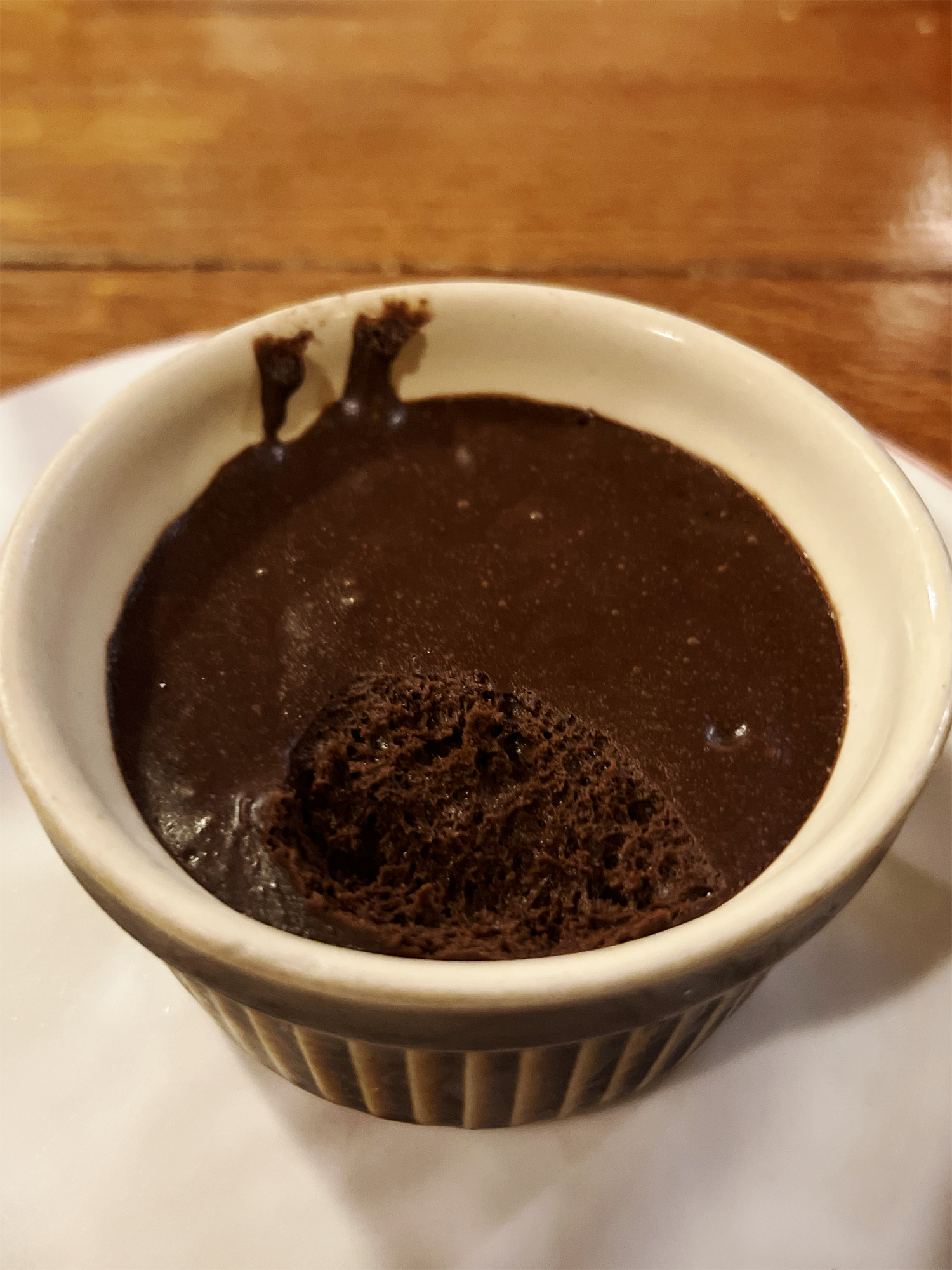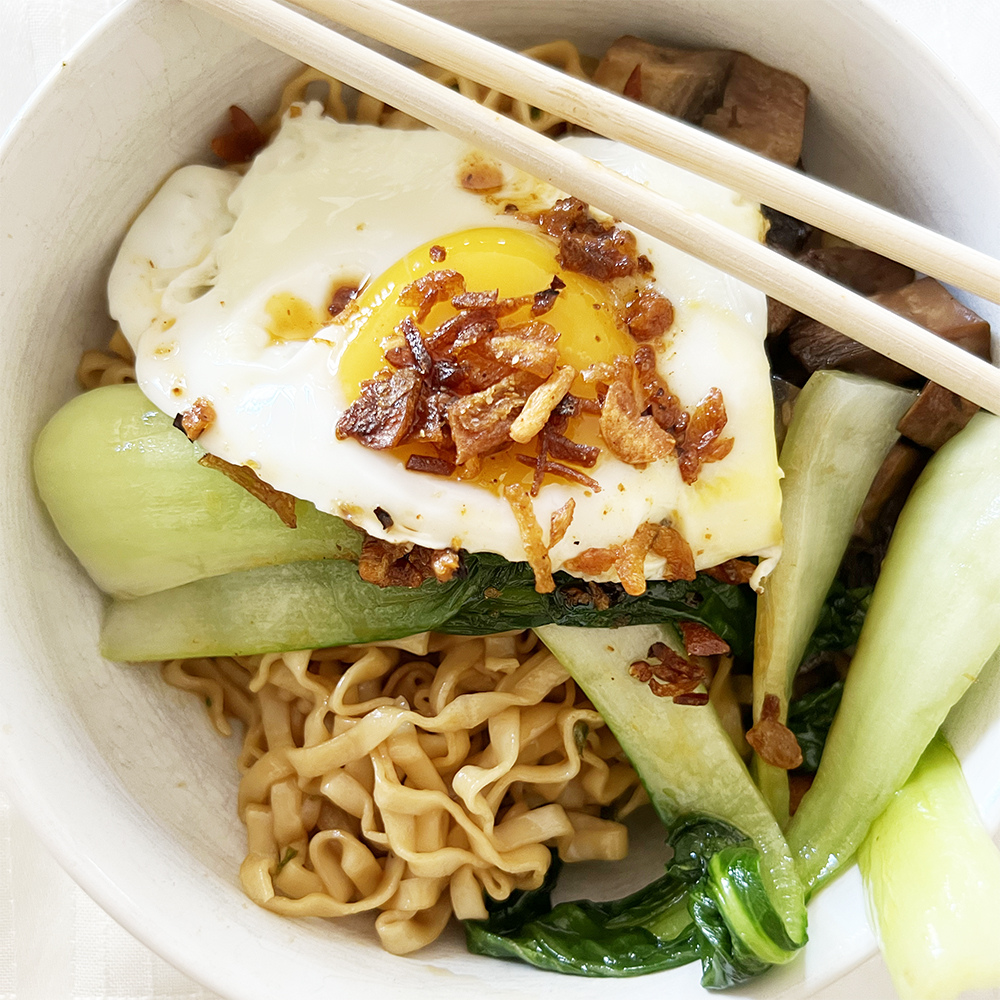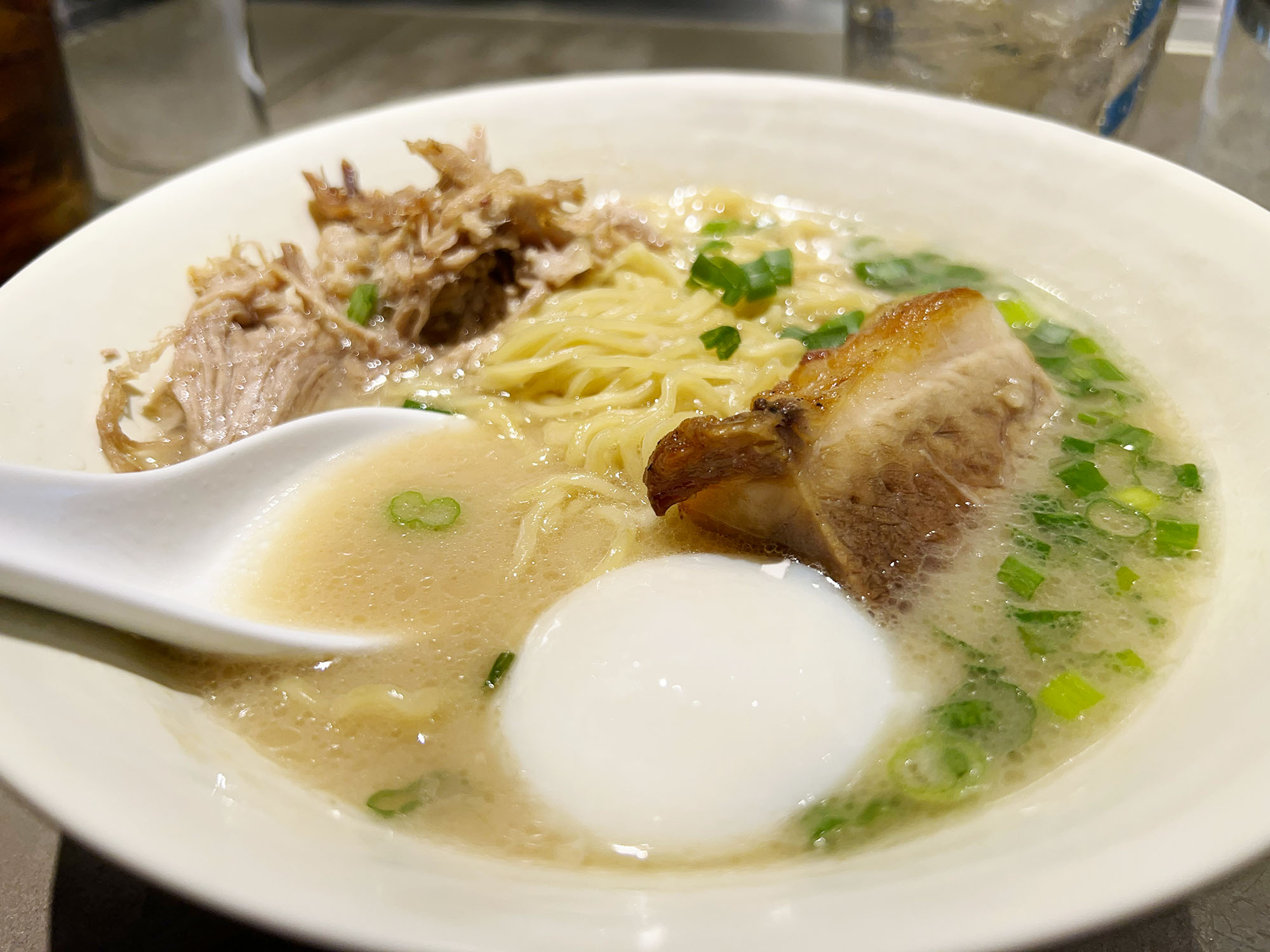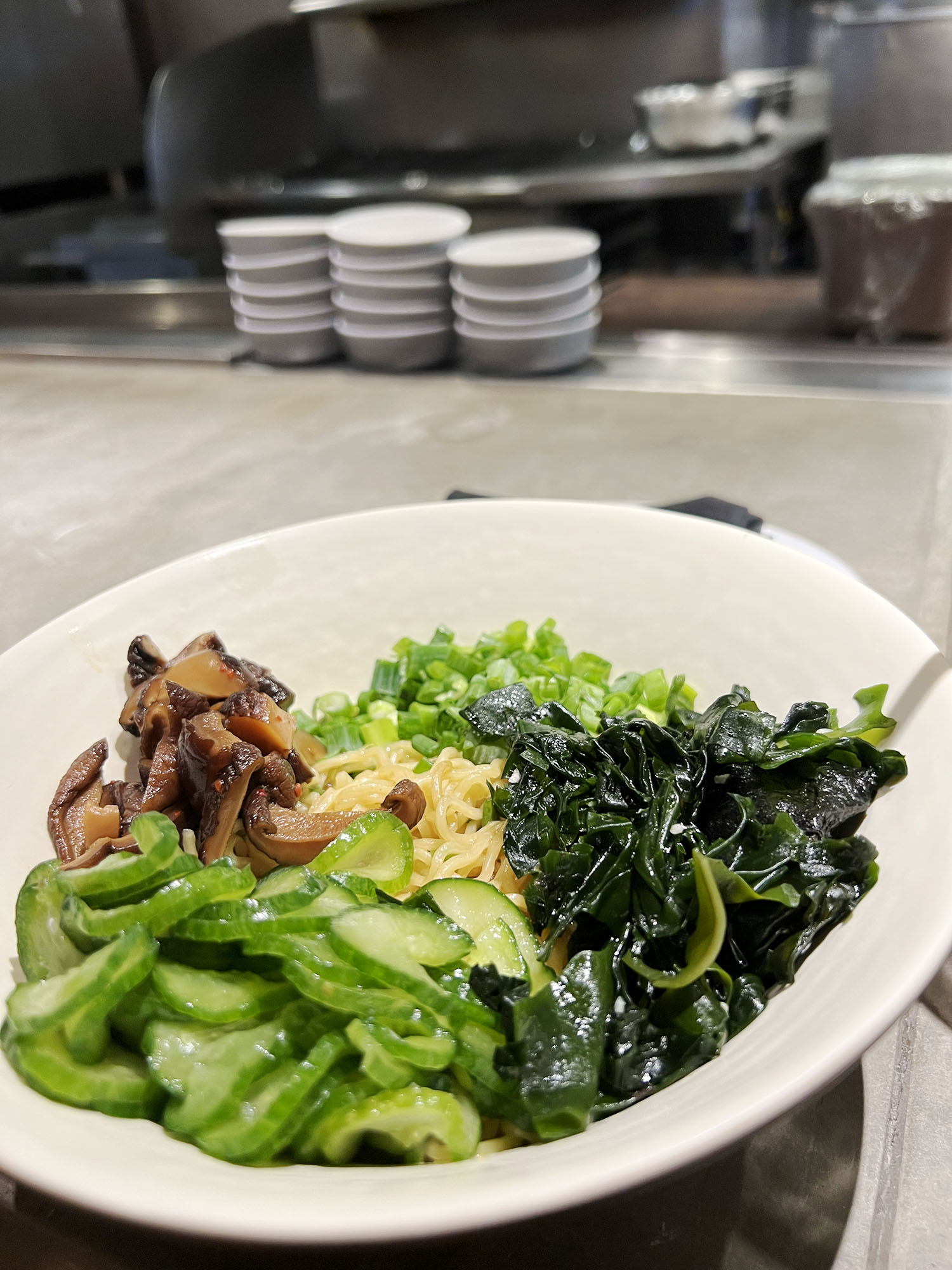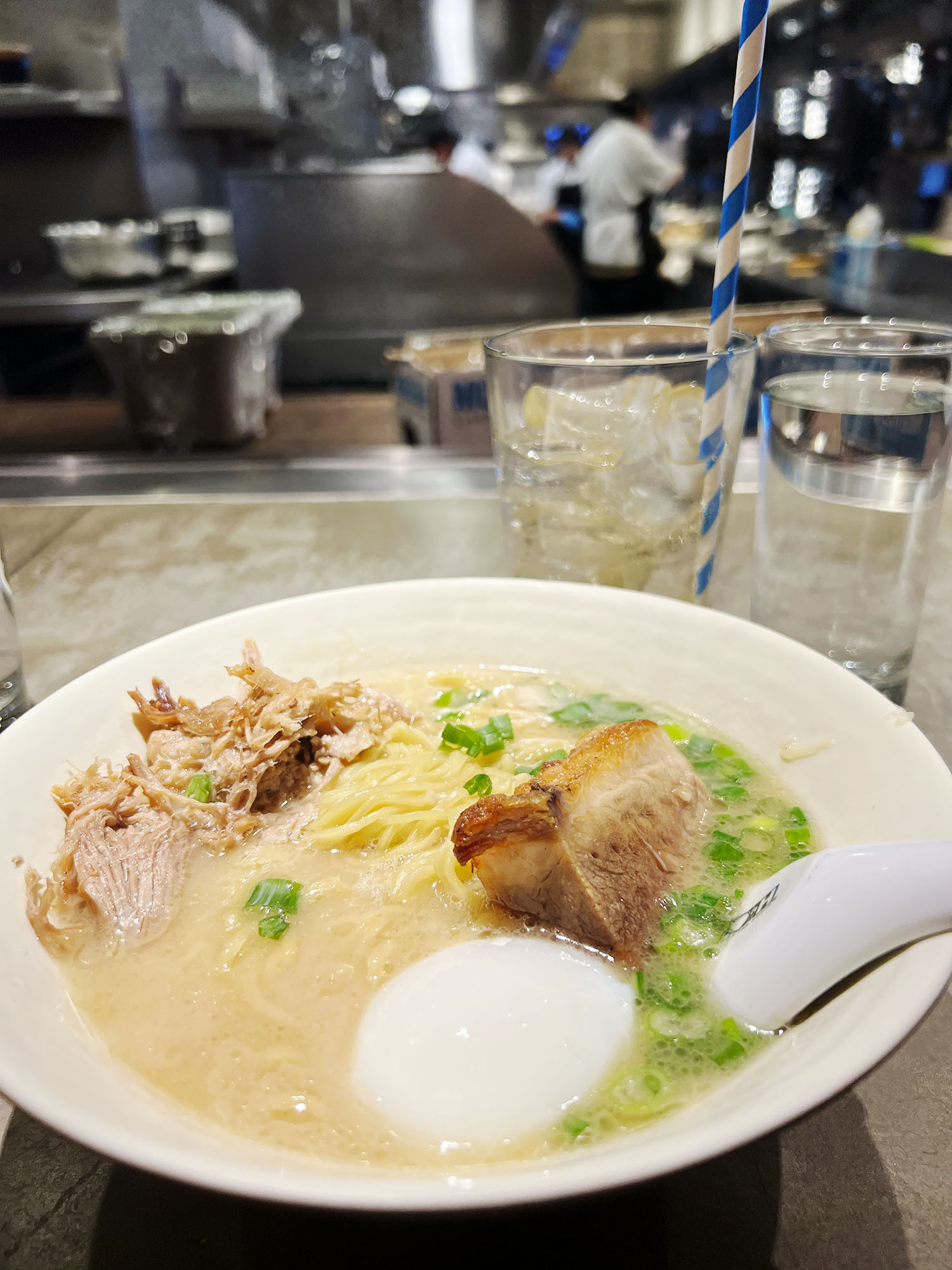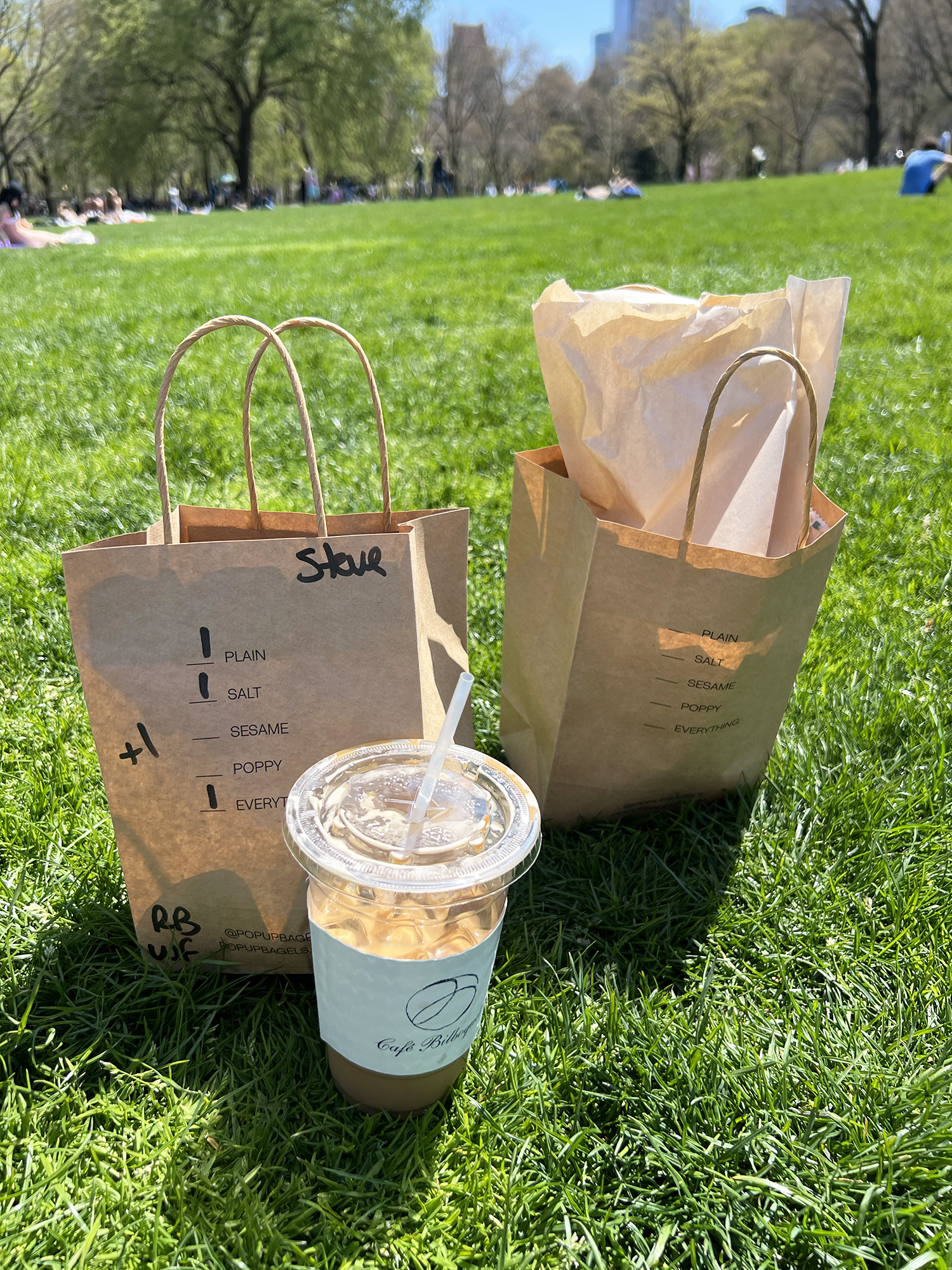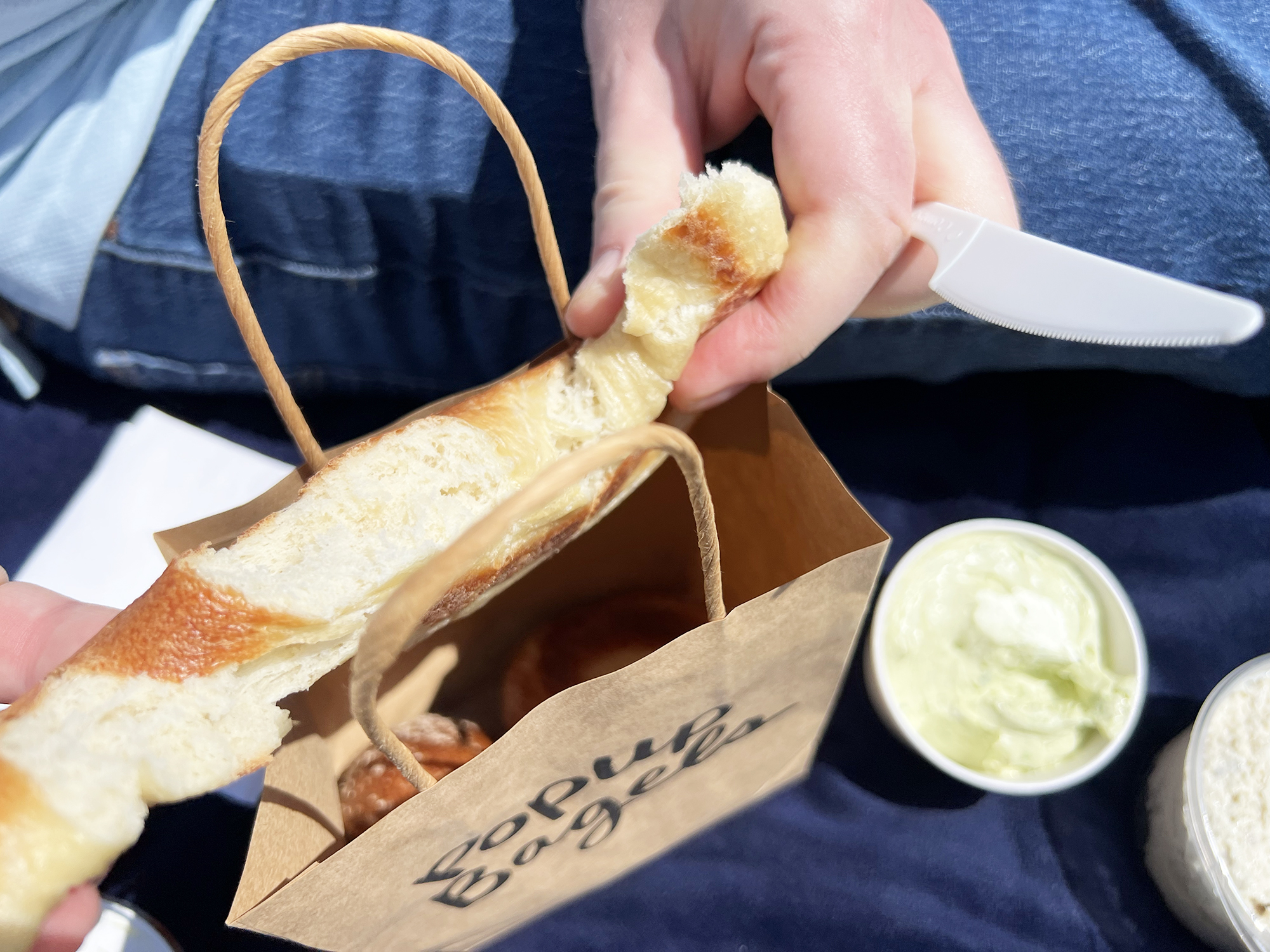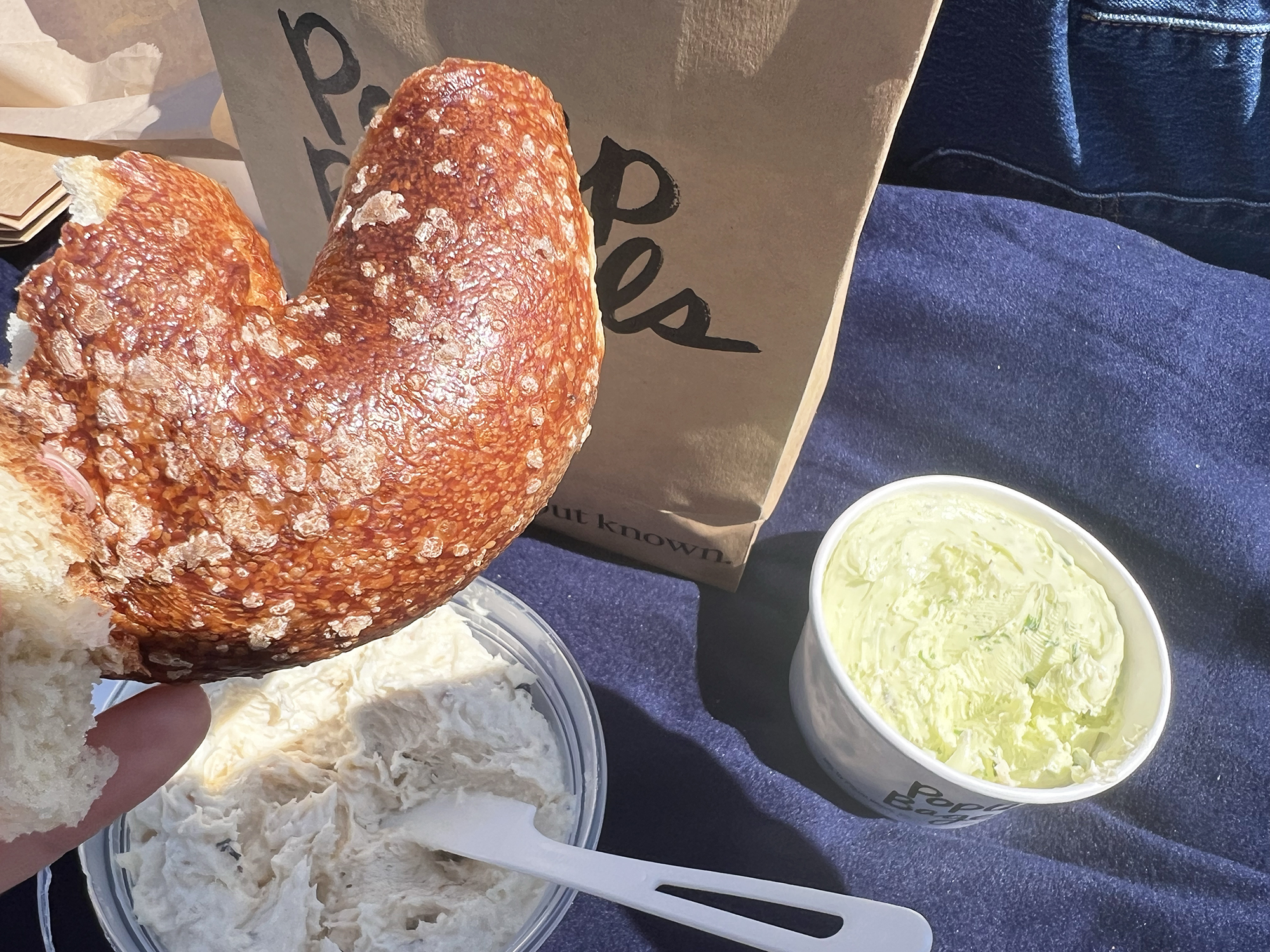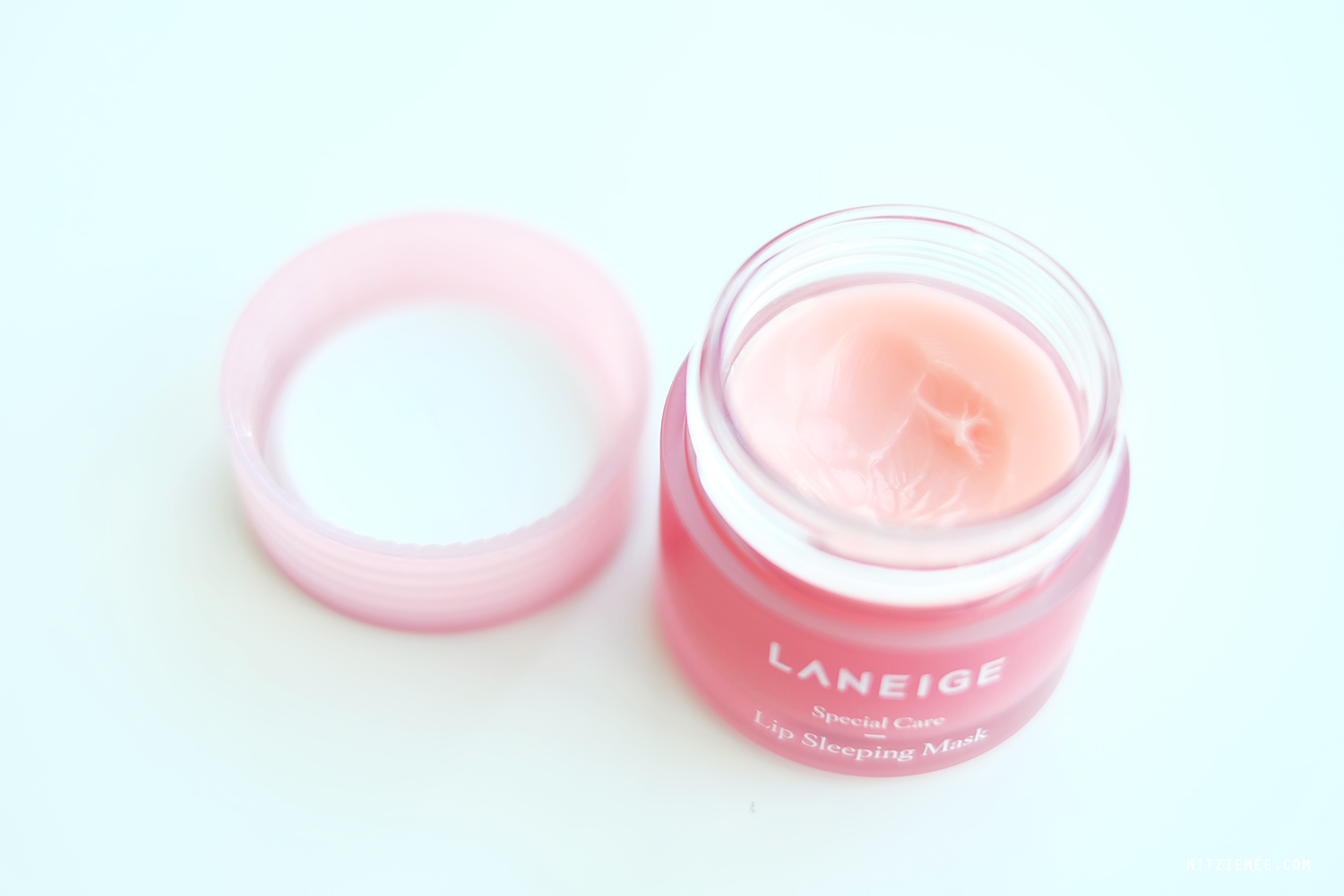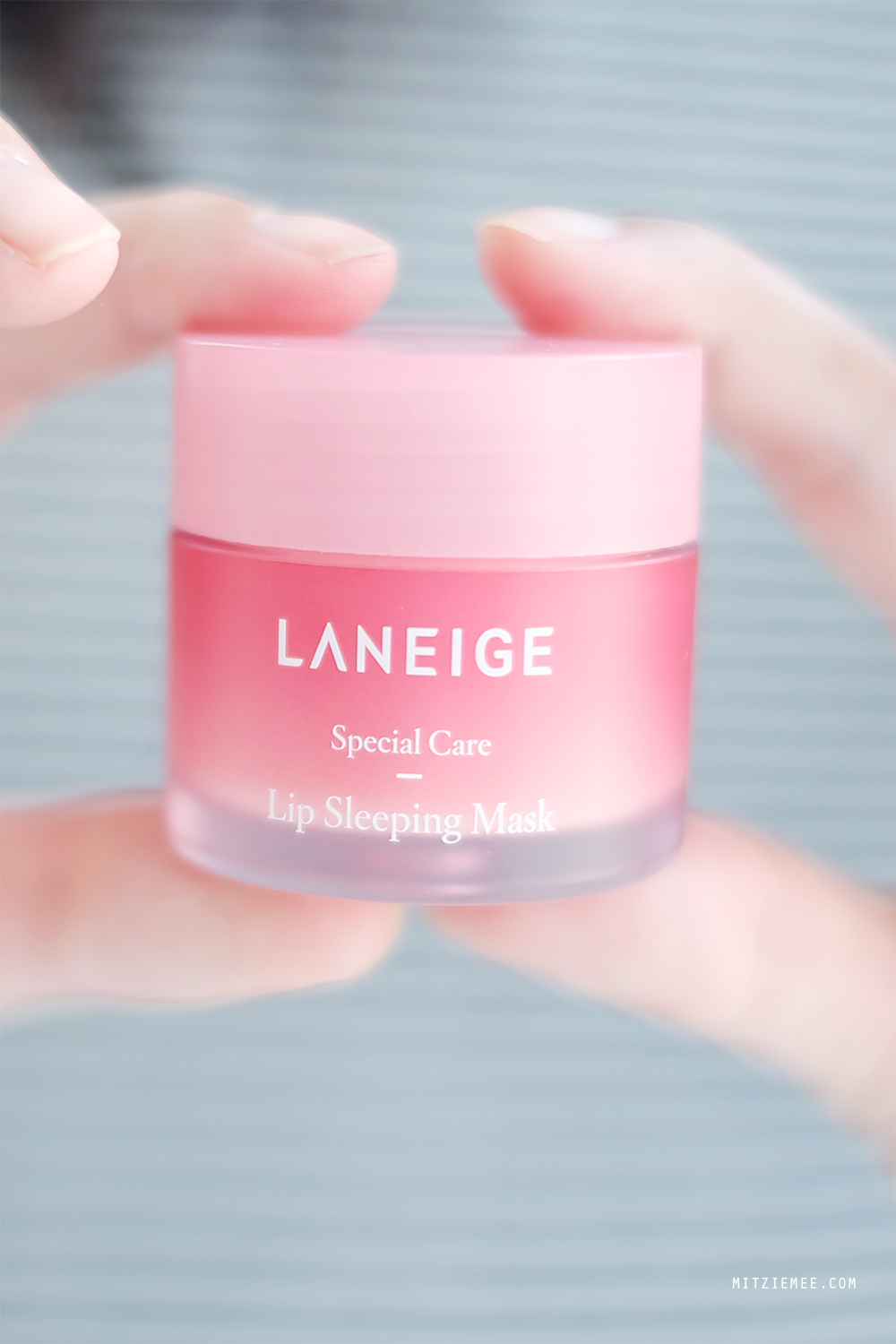Welcome to my personal blog, where I share notes from my everyday life. It’s about food and travel, but also about everything else I’m up to along the way. Small moments and big experiences, everyday snapshots and the occasional adventure. Here you can follow what’s happening behind the scenes, with new posts every day. A more personal space, updated daily, and shared while the moments are still fresh.

Le Petit Village is a cozy French restaurant tucked away in a charming old building in West Village. You’ll find outdoor tables lining the sidewalk, perfect for a summer evening, but when Steve and I visited, it was so hot we quickly retreated indoors and honestly, I’m glad we did. The inside has that quiet, classic bistro vibe that makes you want to order a bottle of wine and stay for hours.
The menu has all the French favorites such as French onion soup and Moules Marinières, but also a few more modern, creative dishes. We started with the onion soup, which happens to be one of my all-time favorite comfort foods. I basically lived on it when we were in Paris earlier this year, and the version at Le Petit Village really held its ground. Plenty of sweet, caramelized onions and a deep, flavorful broth. We cleaned the bowl completely.
Next came the beet salad, beautifully presented with the colorful root vegetables layered over whipped goat cheese. It tasted as fresh as it looked, with just the right balance of sweet and tangy.
We also had Wagyu Steak Tartare, which turned out to be another highlight of the evening. I’m a big tartare fans, and this one was right up my alley. Instead of loading it up with cornichons, capers and mustard, they kept it super simple: just really good beef, a quail egg yolk, and a touch of salt and pepper. The meat was tender and flavorful enough to carry the dish all on its own. We loved it.
For the main course, we had the Pappardelle with mushroom sauce. I always forget how rich and umami-packed mushrooms can be until I have a dish like this. The pasta dish was hearty and comforting without being too heavy, and the sauce had that deep, delicious flavor that makes you want to lick the plate.
We had originally planned to share the baked camembert or the crème brûlée for dessert, but we were too full to even think about sweets. So instead, we wandered through the streets of the Village and talked about how good everything had been. I already know I’ll be back, and next time, I’m saving room for dessert.
My guide to French restaurants in New York City >>
Le Petit Village, 173 7th Ave S, New York, NY 10014, United States
